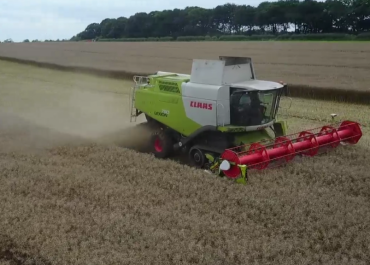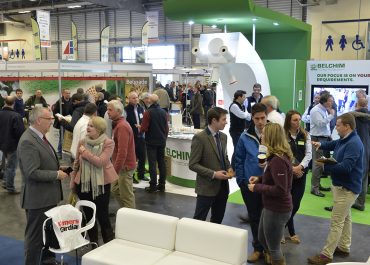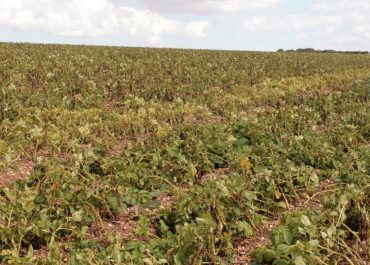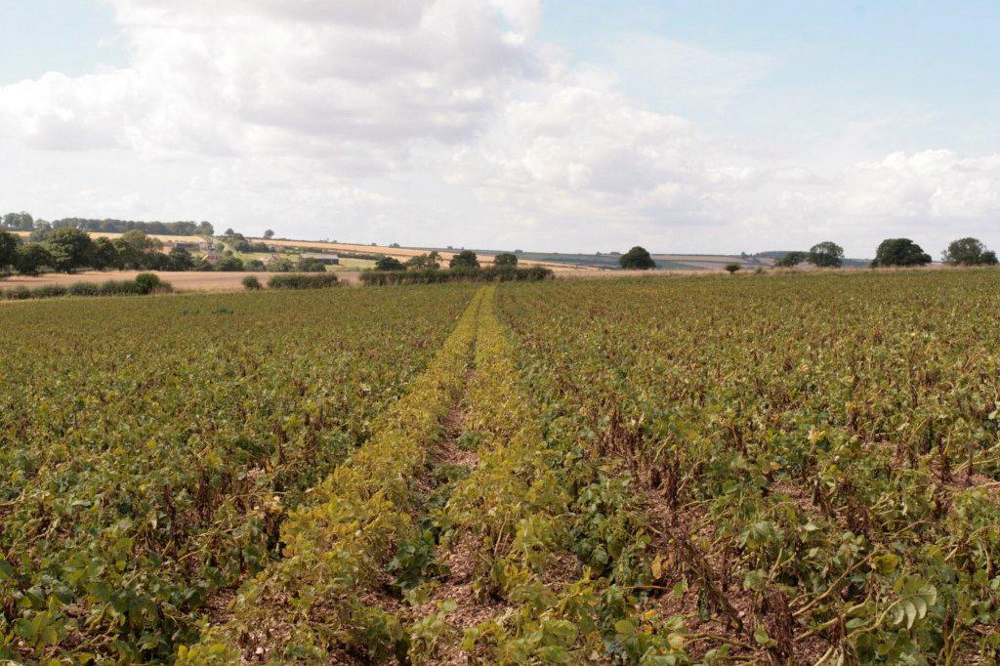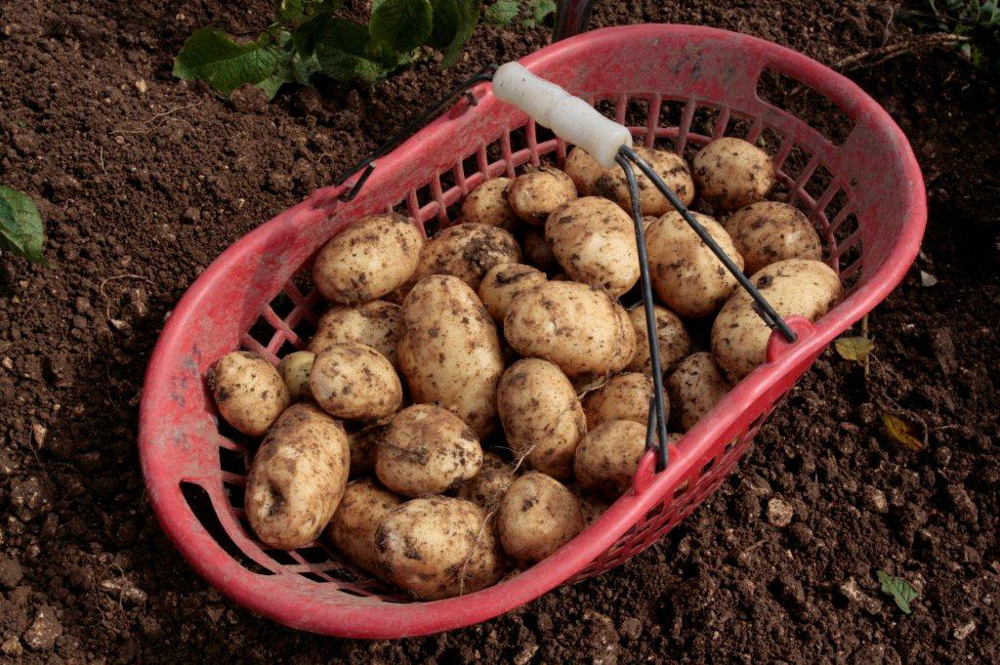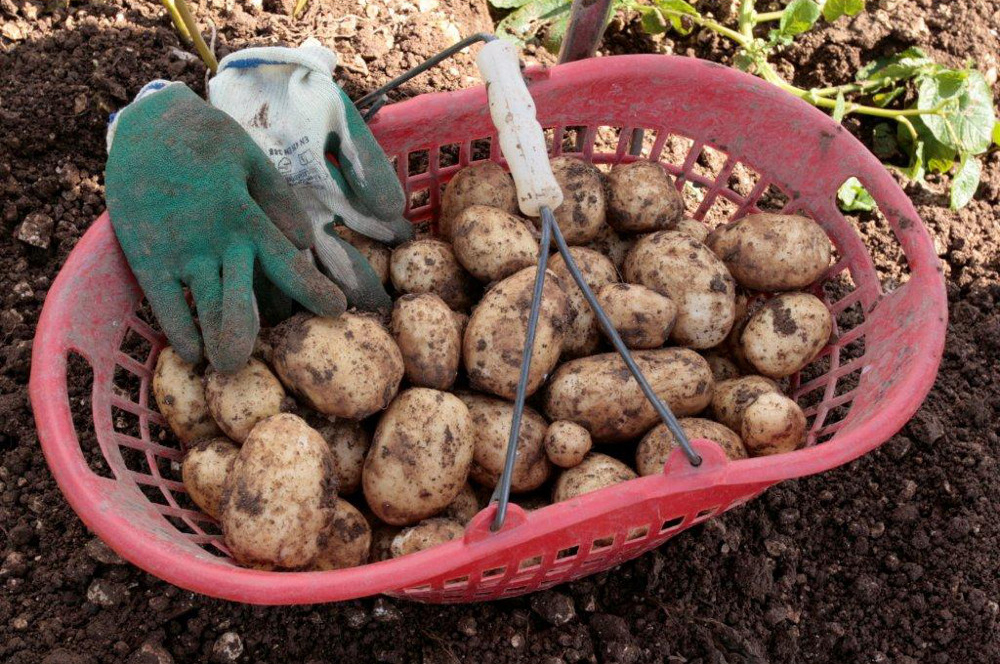One of our customers, Tim Lamyman from Lincolnshire has won his third YEN gold award for this year’s wheat harvest, and it’s partly down to bionature’s fertilisers.
Tim’s wheat crop yielded nearly twice the national average this year with 15.3t/ha, and that’s despite difficult weather this harvest season as well as a dry spring and a dull, wet summer.
A long-standing customer of ours, Tim is no stranger to The Yield Enhancement Network (YEN) awards, having won gold in 2014 and 2015 when he also set a new world record for wheat yield.
Reporting on Tim’s hat-trick, Farmers Weekly pointed out that our Delta programme was the secret to his success:
“A high nitrogen rate on Tim’s chalky soils, a comprehensive five-spray fungicide programme and widespread use of foliar feeds helped him produce a very thick crop of almost 800 ears/sq m at harvest.”
Tim used 380kg/ha of nitrogen in the spring followed by multiple applications of foliar feeds in the autumn to give his Zyatt variety crop a good root structure.
While Tim is already hard at work trying to set another wheat world record at his 600ha farm at Worlaby, it was just a few months ago that he set the world record for harvesting peas.
Tim’s combined pea harvest this year brought in 6.47t/ha, and once again nutrition was key, with foliar feeds being used throughout the season.
For that crop, our foliar application of Calflux gave the crop the zinc and calcium it needed early on, while Rainbow Wave added boron and molybdenum after flowering.
At bionature, we’re really proud of the part we played in helping Tim to achieve such amazing yields, and hopefully he can have an even more successful harvest in 2018!

